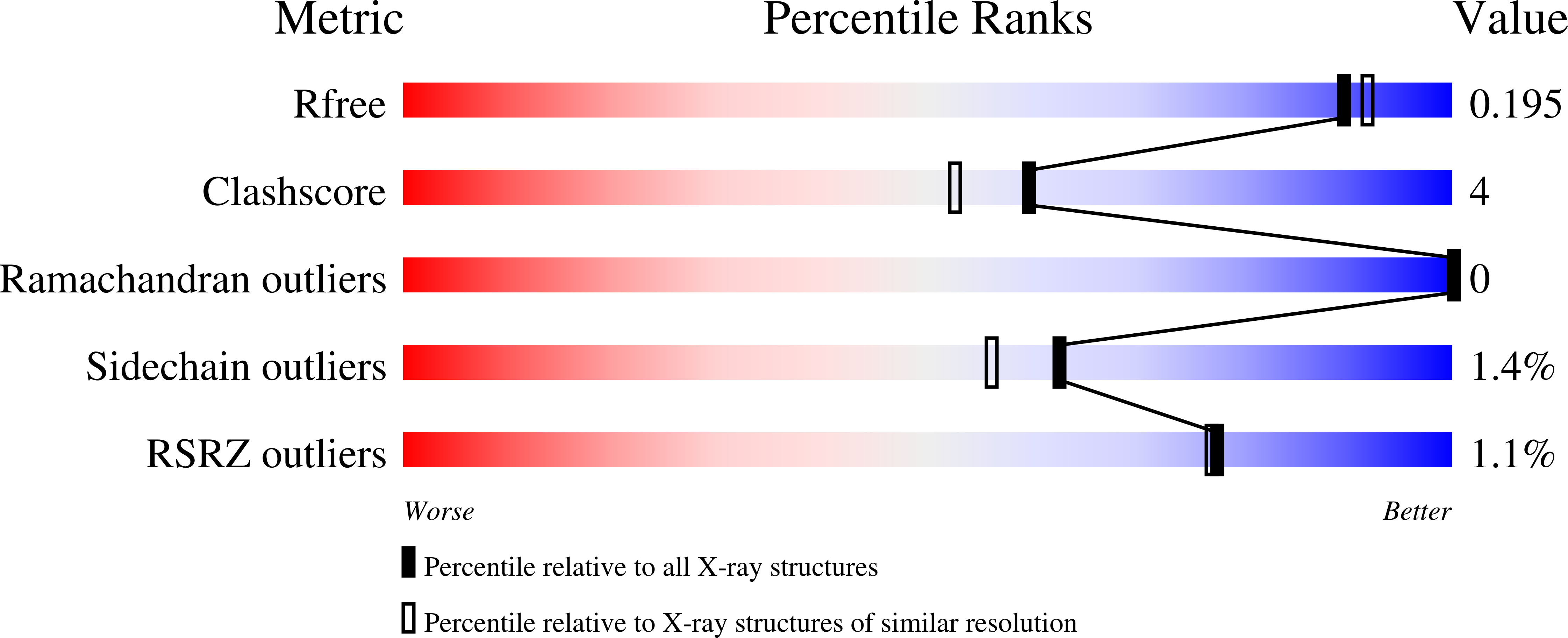
Deposition Date
2024-12-19
Release Date
2025-06-25
Last Version Date
2025-07-02
Entry Detail
Biological Source:
Source Organism:
Listeria phage LP-125 (Taxon ID: 1173766)
Host Organism:
Method Details:
Experimental Method:
Resolution:
1.80 Å
R-Value Free:
0.18
R-Value Work:
0.15
R-Value Observed:
0.15
Space Group:
P 21 21 21


